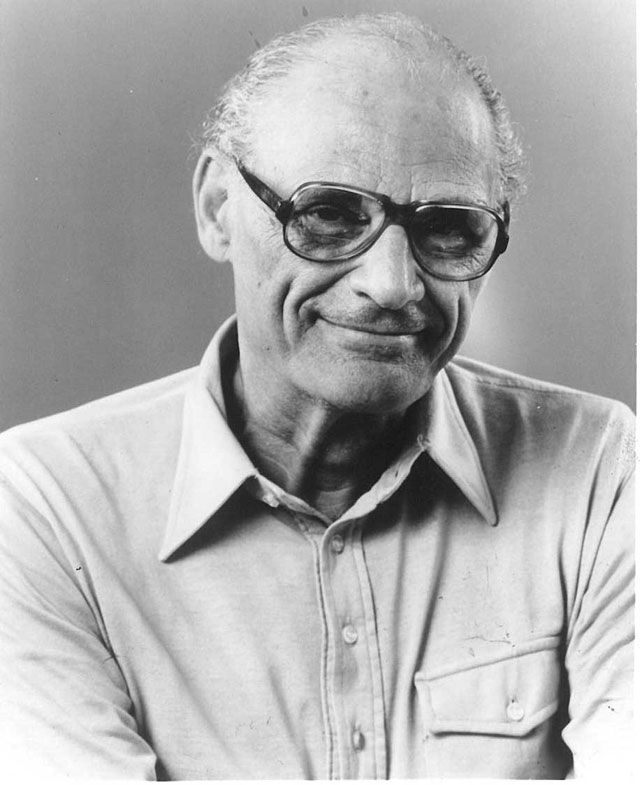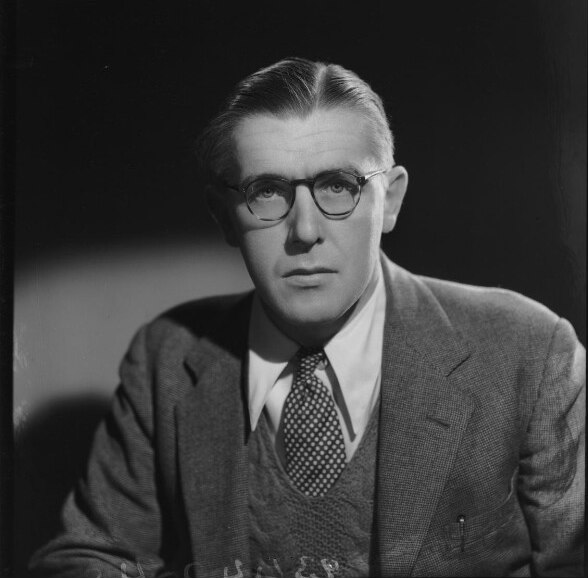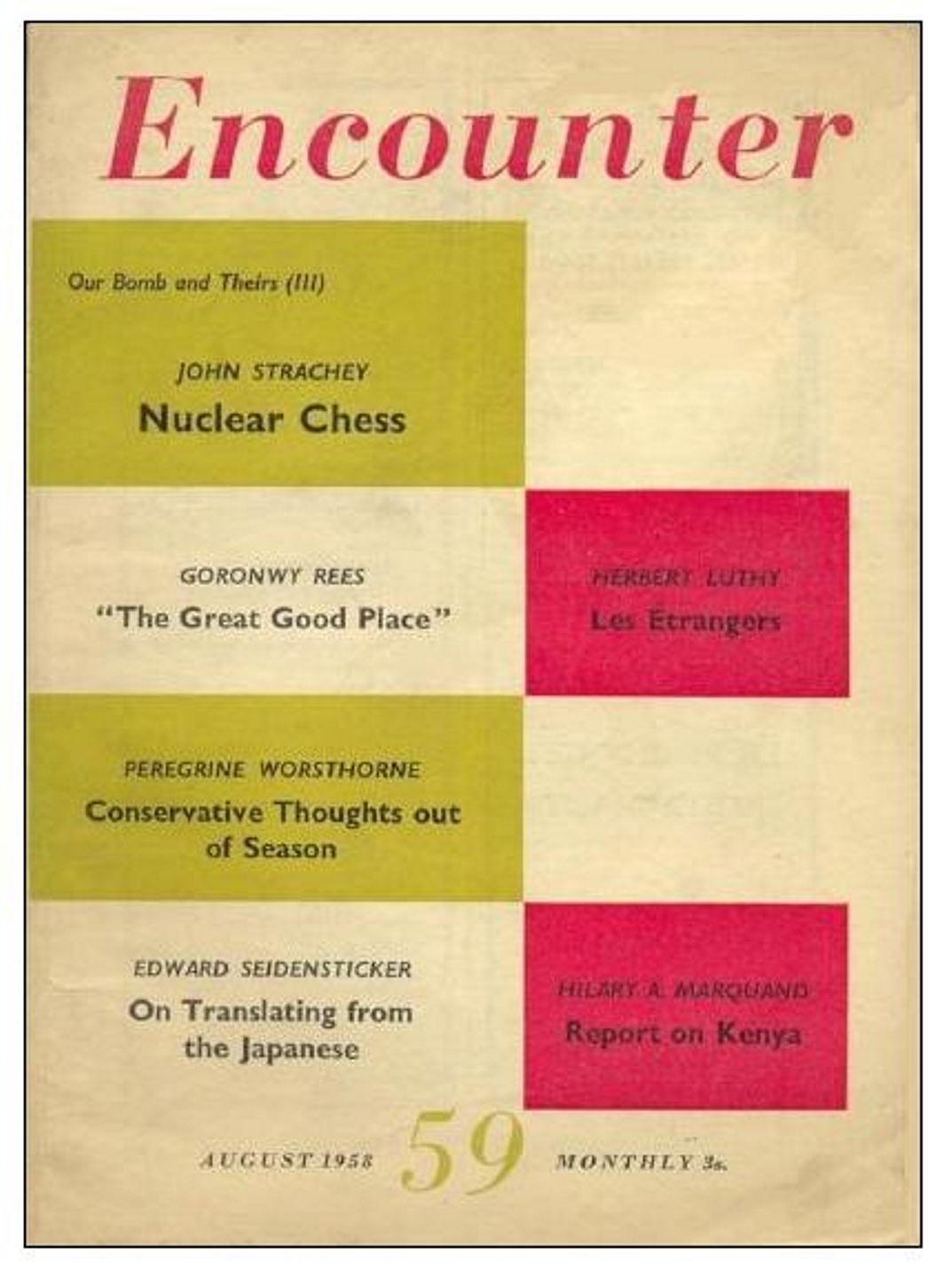The CIA's cold war in the arts
by Gregor Tassie
‘Sire – over what do you rule? ‘Over everything, ‘said the king, with magnificent simplicity.’
The Little Prince, Antoine de Saint-Exupery
In her book, The Cultural Cold War: The CIA and the World of Arts and Letters, (1) Frances Stonor Saunders sets out the story of the clandestine war waged by the CIA against progressive forces in the arts and the socialist world from the end of the second world war.
‘During the height of the Cold War, the US government committed vast resources to a secret programme of cultural propaganda in western Europe. A central feature of this programme was to advance the claim that it did not exist. It was managed, in great secrecy, by America’s espionage arm, the Central Intelligence Agency.’ (2) The ultimate aim was the promotion of a world of Pax Americana, a new age of enlightenment, otherwise called The American Century.
THE CIA
The origins of the CIA lay in the Office of Strategic Services (OSS) which was closed by Truman in 1945 because he wanted nothing to do with a peacetime ‘Gestapo’. The head of OSS was William ‘Wild Bill’ Donovan, whose recruits were sons and daughters of the elite Vanderbilt, DuPont, and JP Morgan families – the ‘Park Avenue Cowboys’. On his deathbed in 1959, Donovan’s last demented words were “I can see Russian troops marching into Manhattan across the 59th Street Bridge outside my window." Wild Bill was one of the chief architects of the CIA.
The CIA was the successor to OSS, recruiting British Special Operations Executive (SOE) agents such as Malcolm Muggeridge. (3) As Saunders writes, ‘this was the elect who had not been elected’. (4) When the CIA was set up under the National Security Act in 1947, nowhere was it allowed to gather intelligence or intervene secretly in other countries, yet the elastic phrase ‘such other functions’ provided a loophole to avoid going through the US Congress. (5)
ORIGINS OF CCF
The CIA decided to counter socialist ideology through the Congress for Cultural Freedom (CCF). This body was financed by the US Government and by the Ford, Carnegie and Rockefeller Foundations. While Hitler was writing Mein Kampf the Nazis were allegedly supported financially by Henry Ford, (6) for which Hitler awarded him the cherished Grand Cross of the German Eagle in 1938. (7) The Ford Foundation was to benefit ‘worthy’ causes and the fight against communism was deigned wholly appropriate.
The man given the task of setting up a front organization was ex-Wall Street lawyer Frank Wisner whose most recent work in military intelligence had been recruiting a ‘whole load of fascists after the war, some really nasty people. He could do that, because he was powerful.’ Under Wisner, the scope of CIA operations ‘grew like a hydra’. It went from 302 employees in 1949 to almost 6000 worldwide and a budget of $82 million by 1952.
Michael Josselson was an officer in the US Intelligence Section of Psychological Warfare in West Berlin who Arthur Koestler called one of the ‘scum of the earth’. He was multi-lingual, with a wealth of contacts, and collaborated with Nicholas Nabokov at the Information Control Division of the US Army. They had the chore of ‘declassifying Nazis’ and controlled the German opera and orchestra companies, radio and media. Josselson and Nabokov would be the guiding figures of the CCF.
TARGETING PROGRESSIVES
The 1949 Scientific and Cultural Conference for Peace in New York became the first target. It was attended by 800 delegates including Lillian Hellman, Aaron Copland, Arthur Miller, Leonard Bernstein, and Norman Mailer. The short-term aim was to interrupt speeches and disrupt the Soviet delegation, which included Fadeyev and Shostakovich. Advantageously, after 3 days, the Supreme Court expelled the Soviets. $3000 was provided for hiring ‘demonstrators and hecklers’. Arthur Miller wrote, ‘every entrance of the Waldorf Astoria would be blocked by a line of nuns praying for the souls of the participants, who had been deranged by Satanic seduction.’ (8) A month later the same tactics shifted to the Paris World Peace Congress. In 1950 the Congress for Cultural Freedom was formally established in West Berlin including anti-communists James Burnham, James T. Farrell, Tennessee Williams, Arthur Schlesinger Jr., actor Robert Montgomery, chairman of the Atomic Energy Commission David Lilienthal, John Dewey, Bertrand Russell, Benedetto Croce, Karl Jaspers, and Jacques Maritain.
The organization’s secretary general was former Russian aristocrat Nikolas Nabokov, cousin of the famous writer and a second-rate composer, for whom CCF offered an opportunity to promote his own music. The purpose was to show the best of western life under capitalism, ignoring the arts in socialist countries and ‘highlighting’ problems under communist rule. It was run from Paris, Berlin and New York, publishing 35 magazines worldwide and enjoying extensive access to the western mass media. It funded festivals promoting the American way of life. Music Festivals highlighted avant-garde music from Messiaen, Boulez, and Stravinsky. Similarly, exhibitions of ‘new’ art were to show that socialist-realism was no longer the front-runner.
The British branch of the CCF was established in 1951 including T.S. Eliot, Isaiah Berlin, Lord David Cecil, the British Council, BBC Third Programme and Richard Crossman general secretary of the Labour Party. Woodrow Wyatt and Hugh Gaitskell became key figures. (9) Together with Denis Healey and Rita Hinden they launched Socialist Commentary, and attended events paid by the CCF promoting ‘Atlanticism’, an early fruit of which was Crosland’s The Future of Socialism which became the bible for Gaitskell’s Labour Party. Healey supplied the CIA with information on Labour Party members and trade unionists. (10) Gaitskell as Labour Party leader made a fierce attack on the ‘fellow-travelling’ left at the 1960 conference - ‘some found themselves asking who he was travelling with.’ (11) CCF financed the Fabian Society’s magazine Venture. When Labour won power in 1964 Josselson wrote, ‘We are all pleased to have so many of our friends in the new government.’ (12) The UK was not the only sphere of activity. In West Germany Willy Brandt ‘was financed by the Americans’ and seemingly was ‘perfectly at ease about this’. (13)
This was an era when fake news was not only developed, but exploited to an unprecedented extent. From the pre-war indulgence towards Soviet life, the art world quickly changed its stance with distinguished figures in the arts adopting a markedly anti-communist line and snubbing association with socialist countries. Many left-wing writers, artists and musicians were black-listed, perhaps the one who suffered most was the great Paul Robson who lost his passport. The composers Marc Blitzstein, Leonard Bernstein, and Aaron Copland signed a petition against the expulsion of Hans Eisler in 1948 and organised a concert in support. Bernstein was black-listed by the New York Philharmonic and CBS. In 1952 and 1966, when he was invited to the Vienna Philharmonic, he was threatened with the withdrawal of his passport. (14) Bernstein backed down, however he later hosted a fundraiser for the Black Panthers, writing, ‘the FBI conspired to foment hatred and violent dissension among blacks, among Jews and between blacks and Jews. (15)
PROMOTING THE WEST
The CCF music festivals starred Yehudi Menuhin, von Karajan (a former Nazi) and Pierre Monteux. Louis Armstrong, Dave Brubeck and Dizzy Gillespie who became ‘goodwill ambassadors’ for CCF.
Painters who would normally struggle suddenly found fame and fortune. ‘Mark Rothko, Jackson Pollock, David Smith - artists of the school that came to be known as Abstract Expressionism - were thrust into global fame with help from the feds.’ (16) Interestingly Nelson Rockefeller who bankrolled the Museum of Modern Art (MoMA) called abstract expressionism ‘free enterprise art’. Saunders wittily describes it ‘Yanqui Doodle.’ Great wads of dollars were thrown at sponsoring of exhibitions promoting American freedom in the arts, ‘Pollock became a weapon in the Cold War.’ (17) ‘Langley's Ivy-trained spooks did what no intelligence service has ever done or will ever do again: they bankrolled the avant-garde.’ (18) Rockefeller’s MoMA played its part. ‘In terms of cultural propaganda, the functions of both the CIA’s cultural apparatus and MoMA’s international programs were similar and, in fact, mutually supportive.’ (19)
On another level, the Congress directly financed beleaguered artists: When the Polish composer Andrzej Panufnik arrived in London, the CCF granted a yearly fellowship of $2000. "He declared himself entirely ready to cooperate and collaborate with us for he is entirely sold on the ideals of the Congress for Cultural Freedom."
In 1951, the CCF launched a Paris-based magazine Preuves, whose object was to undercut Sartre’s influential Les Temps Modernes. Simone de Beauvoir and "the left bank intellectuals were the target". When Pablo Neruda was nominated for the Nobel prize, the CCF campaigned actively against him, however instead Jean-Paul Sartre won it – causing considerable embarrassment for the Americans. Neruda went on to win in 1971. Writers who benefitted from CCF largesse included Ted Hughes, Gunter Grass, Jorge Luis Borges, Czeslaw Milosz, Hannah Arendt, Saint-Exupery, George Orwell, and Saul Bellow. (20) The London-based Encounter published between 1953 and 1991 regularly sold 34,000 copies, as did the Berlin Der Monat, both were originally funded by CCF. Trying to grab the moral compass, and manipulate public opinion, the so-called “New Left” promoted liberal social-democracy and ‘the CIA cultivated disillusioned leftist intellectuals, individuals like André Malraux, Arthur Koestler, Ignazio Silone, and Stephen Spender.’
CCF EXPOSED
In 1967, the Congress was exposed as a CIA front organization. The Saturday Evening Post disclosed that for decades the CIA had been manipulating people through dozens of magazines presenting the West as a haven for free arts and culture. By then the Vietnam War changed the picture dramatically. Young people were carrying banners with Ho Chi Minh and Che Guevara in protest, a sign America had lost the agenda reinforced by the release of the Pentagon Papers, the Watergate affair, and impeachment of Nixon. The CCF rapidly lost its image, with writers and artists disassociating themselves from it. ‘A negative stereotype emerged of a CIA peopled by ruthless, Jesuitical, “ugly” Americans whose view of the world was distorted by a wilderness of mirrors.’ (21)
CIA funding for CCF halted in 1967, yet the Ford Foundation continued financing the renamed Association for Cultural Freedom until its end in 1987. One of its affiliates, the European Intellectual Mutual Aid Fund later merged with George Soros’ Open Society Foundations which was originally set up to help Eastern European countries to move from socialism to capitalism.
(1) Frances Stonor Saunders, The Cultural Cold War: The CIA and the World of Arts and Letters, The New Press, New York, 1999 (Published in Britain as Who paid the piper? The CIA and the Cultural Cold War, Granta 1999) Unless otherwise stated all quotes are from Saunders book.
(2) Saunders, Op Cit i.
(3) Malcolm Muggeridge, Esquire, January 1973
(4) Saunders, Op Cit 36.
(5) Final report of the Church select committee to study governmental operations with respect to intelligence activities, Washington us government printing office, 1976.
(6) According to Frau Winifred Wagner; she had met with a very enthusiastic Ford a few days before his meeting with Ludecke. 'The philosophies of Ford and Hitler were very similar;' she recalled. 'Ford was very well informed about everything going on in Germany.... He knew all about the National Socialist movement.... Ford told me that he helped to finance Hitler with money from the sales of automobiles and trucks that he had sent to Germany.' Frau Wagner claimed that, when she informed Ford that Hitler was still in need of money, he made a remark about being willing to support a man like Hitler who was working to free Germany from the Jews.
(7) Allen, Michael Thad (2002). The Business of Genocide: The SS, Slave Labor, and the Concentration Camps. Chapel Hill, NC: University of North Carolina Press. pp. 14, 290.
(8) Arthur Miller, Timebends,
(9) Saunders, Op Cit 116.
(10) Saunders, Op Cit 330.
(11) Saunders, Op Cit 331.
(12) Michael Josselsohn to Daniel Bell 28/10/1964. Saunders, Op Cit 331.
(13) Stuart Hampshire, interview, Oxford, December 1997, Saunders, Op Cit 351.
(14) https://vault.fbi.gov/leonard-bernstein
(15) Leonard Bernstein, The New York Times, 22 October 1980.
(16) Josef Joffe, America’s Secret Weapon.
(17) Abstract Expressionism, Weapon of the Cold War", Artforum, vol. 12, no. 10, June 1974, 43-54.
(18) Josef Joffe, America’s Secret Weapon.
(19) Eva Cockroft, Abstract Expressionism: weapon of the cold war, Artforum, vol. 12/10, June 1974.
(20) Saunders, Op Cit 352.
(21) Saunders, Op Cit 33.

Arthur Miller

Richard Crossman







